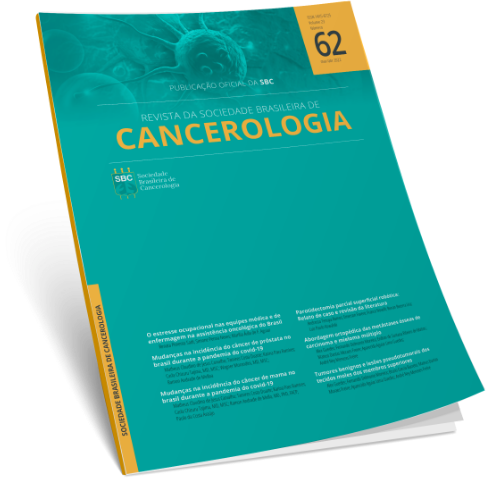Zanardo Louise SARTORI
Juliano SARTORI
ABSTRACT: Cutaneous invasive melanoma is a malignant neoplasm characterized by heterogeneity and the potential for aggressive biological behavior. To estimate disease-specific survival in individuals diagnosed with cutaneous invasive melanoma and to analyze its association with risk factors, a cohort study was conducted involving 221 participants treated at an oncology center between 2000 and 2023. The median follow-up duration exceeded 13 years. Disease-specific survival was estimated using the Kaplan-Meier method, and associations with prognostic variables were analyzed using the Cox proportional hazards model. The median age of participants was 54 years. Estimated disease-specific survival rates were 96.8% at 1 year, 94.9% at 2 years, 90.4% at 5 years, and 87.0% at 10 years. The analysis identified several clinical variables as independent markers of poor prognosis: Clark levels IV and V, Breslow index greater than 2.6 mm, presence of ulceration, absent or mild lymphocytic infiltration, mitotic rate exceeding 5/mm², and TNM stages III and IV. In conclusion, Clark level, Breslow index, presence of ulceration in the primary lesion, degree of lymphocytic infiltration, mitotic rate, and clinical stage are important predictive risk factors in individuals with invasive cutaneous melanoma.
Keywords: Melanoma. Survival. Epidemiology.

